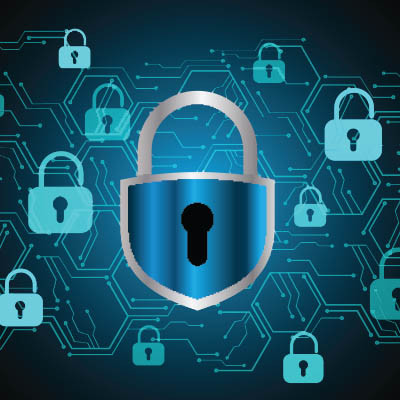Imagine leaving the physical doors of your business unlocked overnight. The thought is unsettling, isn't it? You wouldn't risk your assets, your hard work, and the trust of your clients like that. That's precisely the risk many small to medium-sized businesses (SMBs) unknowingly take by underestimating the importance of cybersecurity.
Let’s explore just how important proper cybersecurity truly is.




















